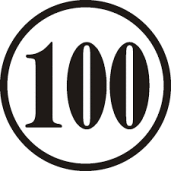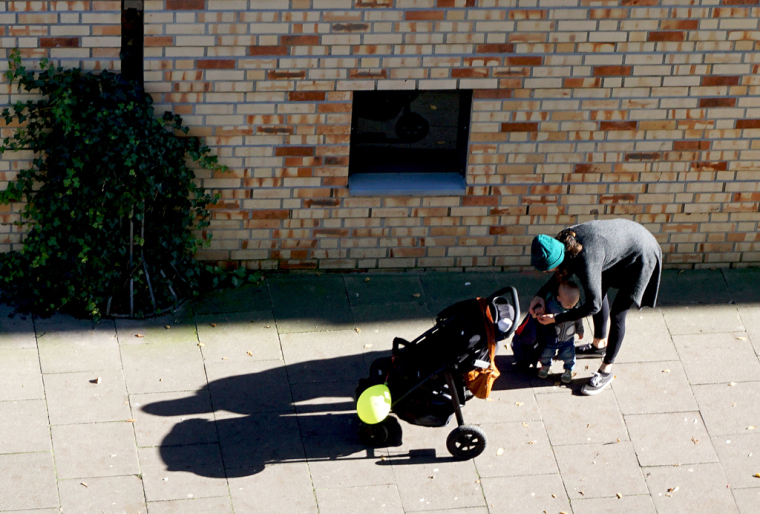Download links for: Kartu Pos dari Tomorrow Square


Reviews (see all)
Write review
China is a lot more complicated than I thought and positive in some ways!
Selalu ya, buku terjemahan itu jatuhnya jadi gak enak dibaca.
twelve essays previously published in The Atlantic Monthly
Decent read but overall forgettable, I have to say.
Other books by History & Biography
Related articles












